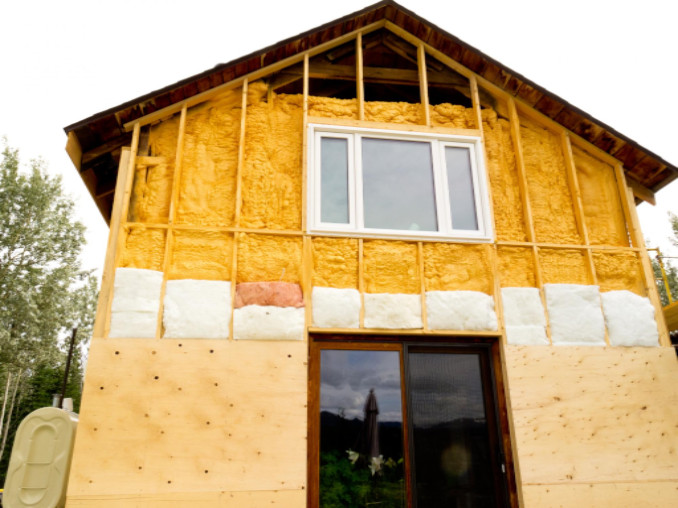If you can’t be comfortable in your own home or office, then you have a real problem.
Having your home or office provide warmth in the winter and a refreshing coolness in the summer is vital for escaping the freezing or boiling hot outdoor temperatures. If your space is not properly insulated or not insulated at all, it could be miserable.
According to the experts, “Insulation acts as a barrier to heat flow and is essential for keeping your home warm in winter and cool in summer. A well-insulated and well-designed home provides year-round comfort, cutting cooling and heating bills by up to half.”
Insulation is one of the most practical and cost effective ways to keep your home or office cooler in the summer and warmer in the winter. Adding proper insulation to a building can often cut heating and air bills in half. Homes built before the 1940’s were rarely insulated and some older homes consist of deteriorated insulation. If you purchase an older home, have the insulation inspected so you know what you’re dealing with before you make the investment.
Below are some tips to consider regarding insulating a new home or office or renovating an older space.
R Value
R value is the measure of resistance to heat flow through a given thickness of material. The higher the R value, the better the materials insulate. Smaller R value is appropriate for warmer climates like Atlanta, Georgia, but cold northern states need a much higher value. Consider the area you live and talk with a professional about what is proper for your home or office.
Types of Insulation
There are two basic types of insulation. One is reflective, which is used in warmer climates, and the other is bulk insulation used in cooler climates. Picking the proper type of insulation is important.
Where to Insulate
Most of the heat loss in a home or office building is through the roof. Start insulating in the attic because warm air has a tendency to rise and cool air to fall. An unfinished attic should have insulation on the floor and a finished one should be between the rafters. Don’t make the mistake of installing insulation without providing proper ventilation. Never block soffits, gable vents or ridges because it can cause moisture build up in your home. Other places you should consider insulating are cathedral ceilings, ductwork, exterior walls, foundation and basements.
When to Insulate
If at all possible, insulate your home or office during the construction process. Waiting until later can be much costlier. Obviously, if you buy an older home or existing office, then you will have to renovate. Speak with a professional about what type of insulation will be the most cost effective for you.
Consider these tips before installing insulation in your home. Using a professional to install is also highly recommended. Proper insulation is such an important part in providing a comfortable home for your family and your staff.

